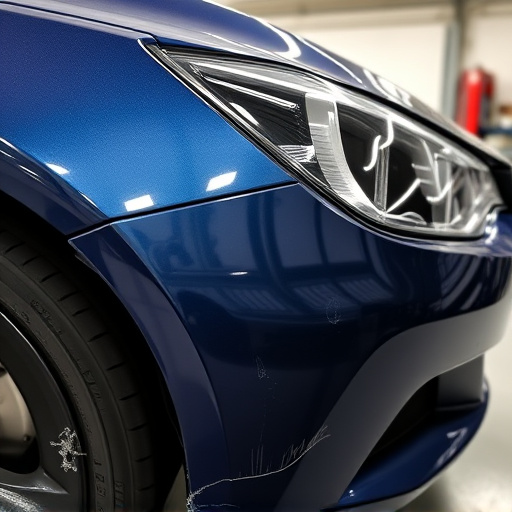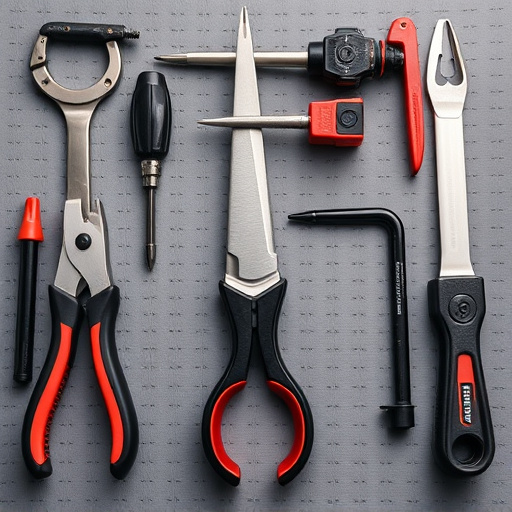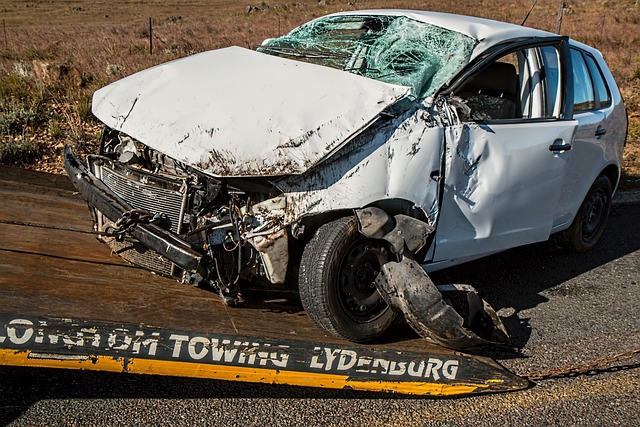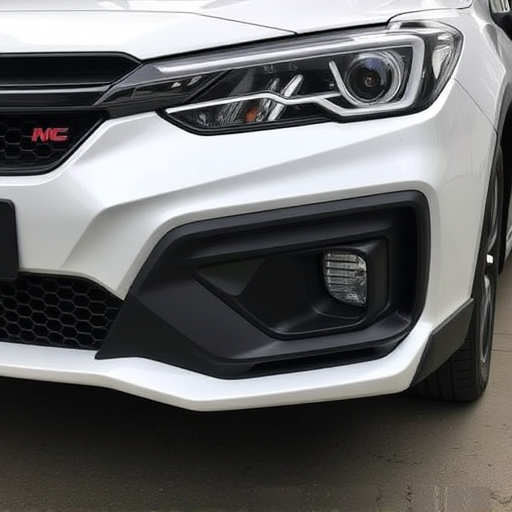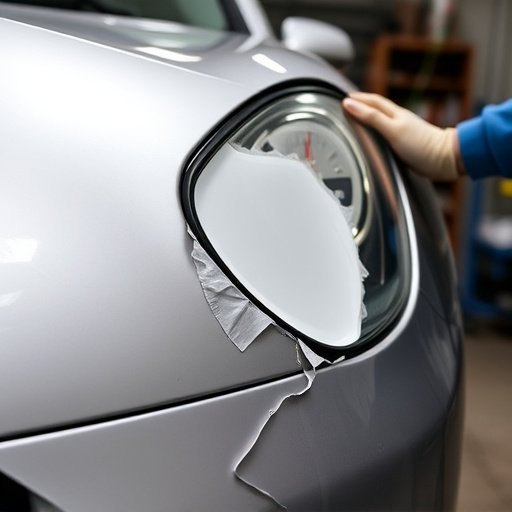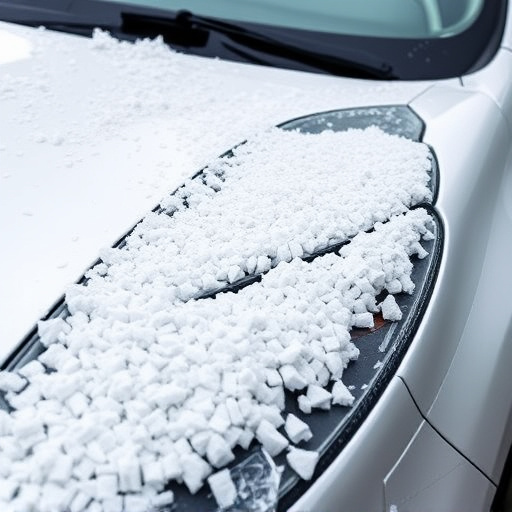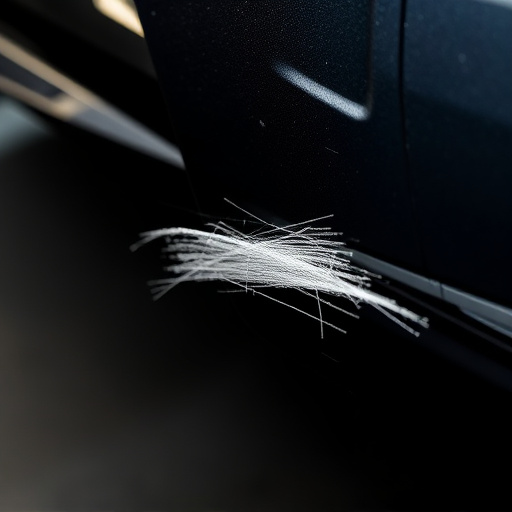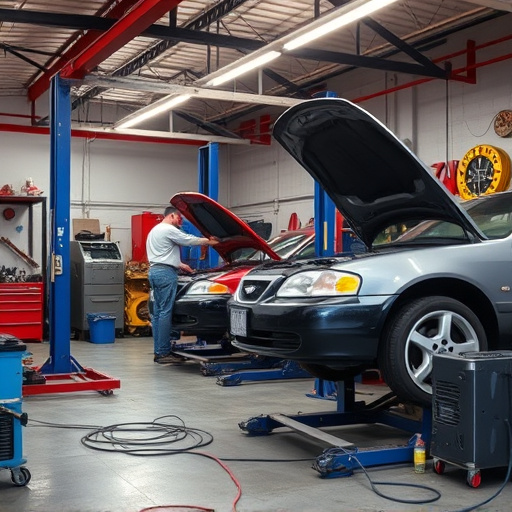Weld failures in Mercedes repair can cause structural issues, reduced durability, and safety hazards, leading to costly rework. Professional centers use advanced welding equipment for precise control over welds, ensuring high quality and minimizing errors. This technology offers improved lighting, real-time monitoring sensors, adaptable automated feed mechanisms, and optimal temperature regulation, revolutionizing auto body repair with enhanced efficiency and strength.
Advanced welding equipment plays a pivotal role in preventing weld failures, ensuring structural integrity and enhancing safety across diverse industries. This article delves into the intricate world of weld failures, exploring common causes and their significant impact. We then highlight the transformative power of modern welding technology, focusing on features that offer unparalleled precision. By embracing cutting-edge advanced welding equipment, manufacturers can elevate quality and efficiency, setting new standards in industry performance.
- Understanding Weld Failures: Common Causes and Impact
- Features of Advanced Welding Equipment for Improved Precision
- Enhancing Quality and Efficiency with Cutting-Edge Technology
Understanding Weld Failures: Common Causes and Impact
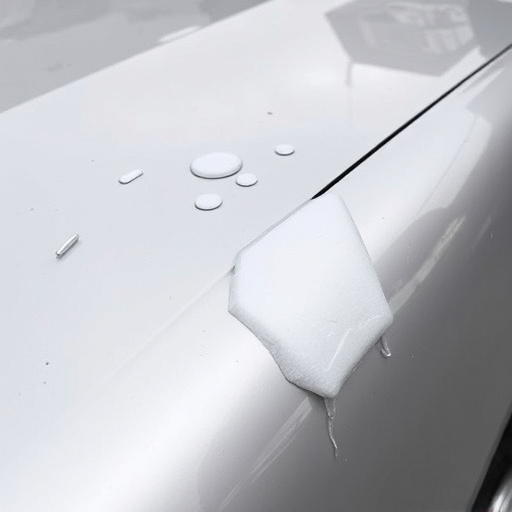
Weld failures can occur due to a variety of reasons, each with its own detrimental impact on the integrity and quality of the weld. Common causes include improper welding techniques, subpar materials, inadequate preparation, and environmental factors such as moisture or contaminants. In Mercedes-Benz collision repair and car restoration, these issues are particularly critical, as even minor failures can compromise structural integrity and lead to costly rework.
When a weld fails, it can result in structural weaknesses, reduced durability, and potential safety hazards. Impacted components may become compromised, requiring complete replacement or extensive collision repair. In professional settings like a collision repair center, understanding these causes is paramount for preventing failures through the use of advanced welding equipment. Such equipment ensures precise control over welding parameters, material compatibility, and environmental conditions to deliver consistent, high-quality welds.
Features of Advanced Welding Equipment for Improved Precision

Advanced welding equipment comes packed with innovative features designed to enhance precision and reduce errors, significantly improving the quality of welds. These machines often incorporate digital controls and advanced sensors that allow for precise temperature regulation and real-time monitoring of the welding process. This ensures that every joint is welded consistently at the optimal parameters, minimizing the risk of imperfections that can lead to failures.
Furthermore, modern equipment offers enhanced visibility with improved lighting systems and magnifying tools, enabling welders to work on intricate details more effectively. Features like automated feed mechanisms and adjustable settings for different metal types cater to a wide range of applications, from structural steel construction to intricate vehicle dent repair in car body shops providing superior auto body services.
Enhancing Quality and Efficiency with Cutting-Edge Technology

In today’s world, advanced welding equipment is transforming the landscape of auto body repair and vehicle bodywork. Cutting-edge technology offers unprecedented control and precision, enabling professionals to enhance the quality and efficiency of their work. Automated systems, for instance, can deliver consistent, precise welds with minimal human error, ensuring each repair meets the highest standards.
These innovations not only speed up the process but also guarantee stronger, more durable bonds. For auto repair near me services, advanced welding equipment is a game-changer, providing solutions that are reliable, efficient, and tailored to the intricate details of vehicle bodywork repairs, making it easier than ever to restore vehicles to their optimal condition.
Advanced welding equipment plays a pivotal role in preventing weld failures by offering precise control, enhanced quality, and increased efficiency. By understanding the common causes of weld issues and leveraging features like automated settings, high-definition sensors, and advanced materials, modern equipment ensures stronger, more reliable joints. This not only reduces waste and rework but also contributes to safer, more sustainable welding practices in various industries. Investing in cutting-edge technology is a game-changer for maintaining high standards and ensuring the integrity of welded structures.
